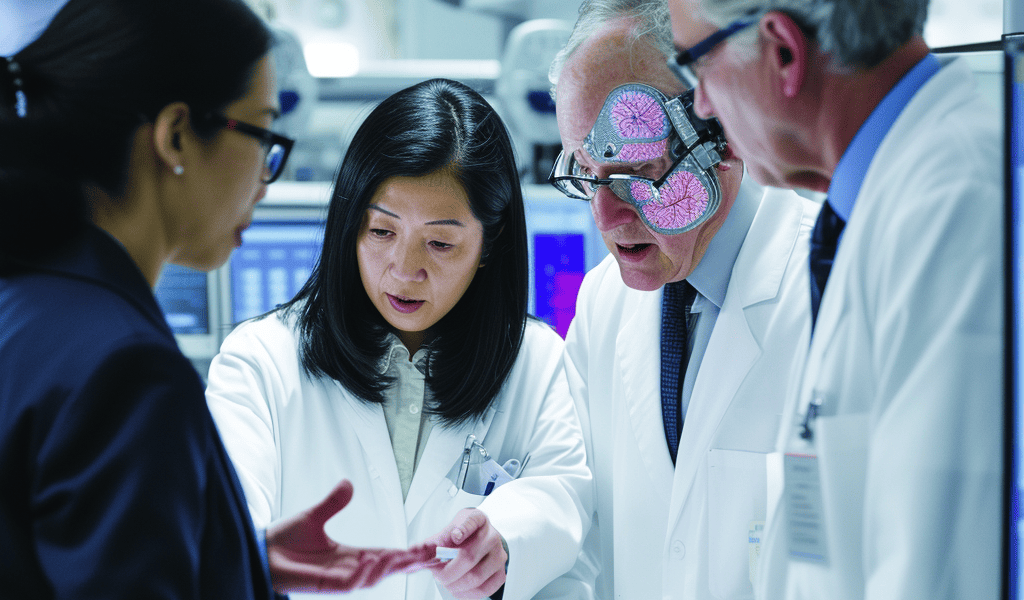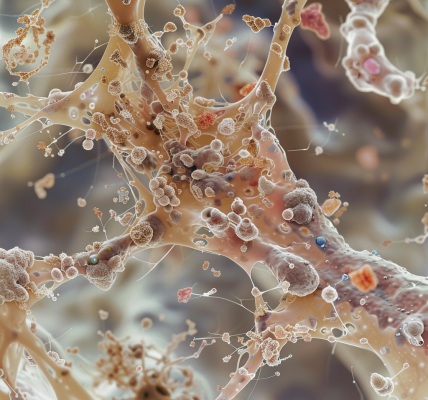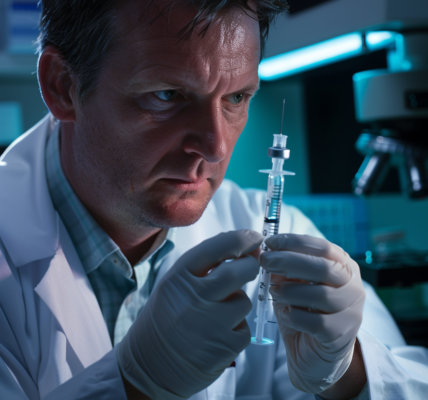Neuroscientists and neurosurgeons at the universities of Bordeaux, France, and Lausanne, Switzerland, together with the Swiss Federal Institute of Technology, have made a groundbreaking discovery in the field of Parkinson’s disease. They have developed an electronic device aimed at correcting walking disorders in individuals with advanced Parkinson’s disease, ultimately enabling patients to walk comfortably, confidently, and without the risk of falling.
According to Grégoire Courtine, Professor of neuroscience at Lausanne University Hospital, the newly designed neuroprosthetic targets the spinal area responsible for activating leg muscles while walking, an area seemingly unaffected by Parkinson’s disease. This approach differs from conventional treatments that directly target the brain regions affected by the loss of dopamine-producing neurons.
Jocelyne Bloch, a neurosurgeon and professor at Lausanne, and co-director of the NeuroRestore centre with Courtine, expressed her amazement at the effectiveness of electrically stimulating the spinal cord in a targeted manner. This method has shown promise in correcting walking disorders caused by Parkinson’s disease, similar to the positive outcomes observed in paraplegic patients.
This remarkable development offers hope to the approximately 90% of people with advanced Parkinson’s disease who experience walking difficulties resistant to current treatments. The device represents a major breakthrough in addressing a significant challenge faced by individuals living with Parkinson’s disease.
The innovative approach taken by these researchers highlights the potential for technological advancements to significantly improve the quality of life for individuals with neurological conditions. This breakthrough is a testament to the ongoing dedication and ingenuity of the scientific community in addressing complex medical challenges.





